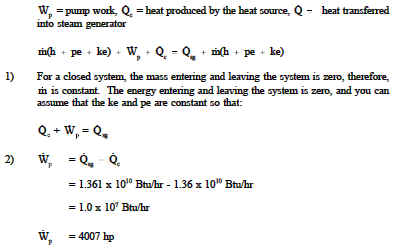

If steam flow accuracy is required, this must be accounted for.Ī manufacturer is to design a heat exchanger in which the specification calls for steam at 4 bar g to heat secondary water from 10☌ to 60☌. This means that the latent heat available per kg of steam reduces as the steam pressure increases. Conversely, if the control valve is opened so that the steam mass flow and hence pressure in the heat exchanger rise, the mean temperature difference between the two fluids increases.Īltering the steam pressure will also slightly affect the amount of heat energy available in the condensing steam as the enthalpy of evaporation actually falls with increasing pressure. On partially closing the control valve, the steam pressure and the temperature difference fall. A larger difference in mean temperatures will create a large heat transfer rate and vice versa. The controller compares the actual temperature with the set temperature and, as a result, signals the actuator to adjust the position of the control valve.įor a constant heating area and heat transfer coefficient, the rate at which heat is transferred from the steam to the secondary fluid for a particular heat exchanger is determined by the mean temperature difference between the two fluids. A sensor on the secondary fluid outlet monitors its temperature, and provides a signal for the controller. Modulating the position of the control valve then controls the outlet temperature of the secondary fluid. This can be achieved by using a control valve on the inlet to the primary side of the heat exchanger, as shown in Figure 13.2.1.Ī control valve is used to vary the flowrate and pressure of the steam so that the heat input to the heat exchanger can be controlled. This means that in order to maintain a consistent secondary fluid outlet temperature, the heat supplied to the heat exchanger must also vary. In a temperature control application, the inlet temperature of the secondary fluid to the heat exchanger may change with time. While shell and tube heat exchangers and plate heat exchangers will be principally referred to, stall may also be relevant to applications including air heater batteries, submerged tank coils, jacketed vessels and storage calorifiers. For convenience, this broad definition will be applied to the term heat exchanger. The term heat exchanger is used to describe all types of equipment where heat transfer is promoted from one fluid to another. Saturated steam is used to provide primary heat to a process fluid in a heat exchanger.


 0 kommentar(er)
0 kommentar(er)
